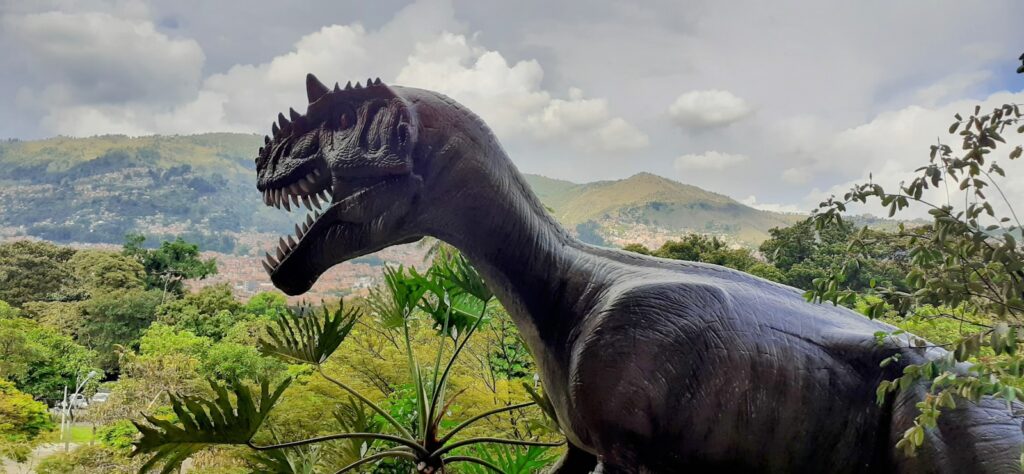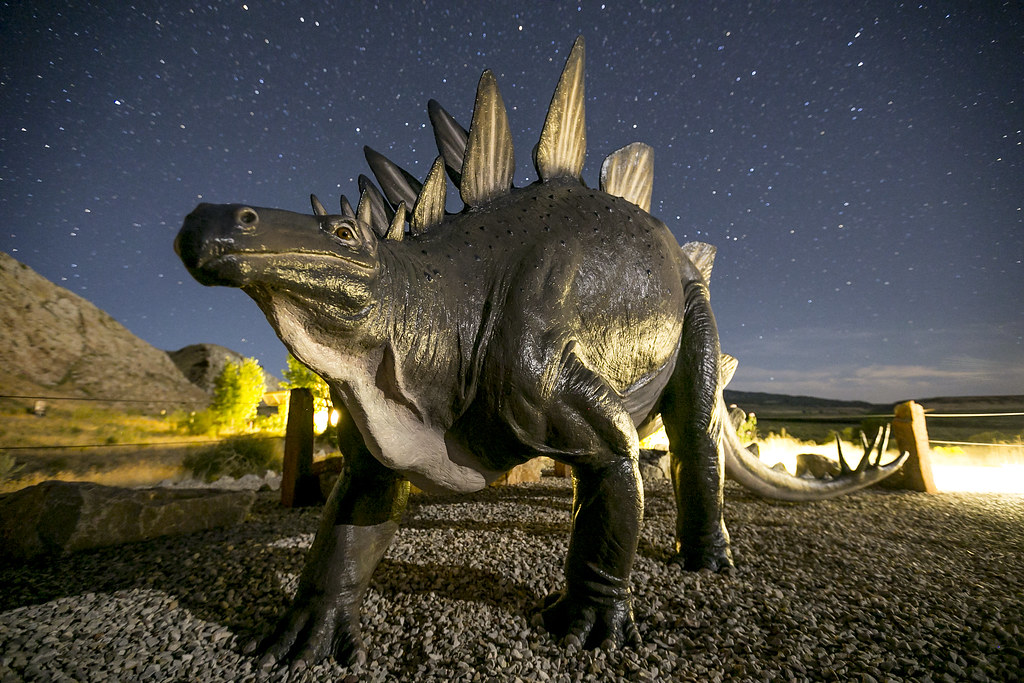Picture this: it’s 1676, and a curious Oxford professor stumbles upon a massive, mysterious bone that would challenge everything humanity thought it knew about Earth’s ancient past. This wasn’t just any ordinary fossil discovery — it was the very first dinosaur bone ever found, though it would take another 150 years before anyone even knew what a dinosaur was.
The Bone That Started It All
The story begins in a limestone quarry near Cornwell, England, where workers unearthed something extraordinary. This wasn’t your typical archaeological dig — just ordinary laborers doing their job when they hit something that made them stop and stare. The bone was massive, unlike anything they’d seen from familiar farm animals or wild creatures roaming the English countryside.
What they discovered was actually the thighbone of a Megalosaurus, a fearsome predator that stalked the Earth roughly 166 million years ago. The bone measured an impressive 24 inches long and was remarkably well-preserved, showing intricate details that would later prove crucial for scientific understanding. At the time, though, nobody had any clue they were looking at remains from a creature that belonged to an entirely unknown group of animals.
Robert Plot: The Man Who Almost Got It Right
Enter Robert Plot, the first Professor of Chemistry at Oxford University and a man driven by insatiable curiosity about the natural world. When the mysterious bone reached his hands, Plot was immediately captivated by its size and unusual characteristics. He examined it with the methodical precision of a true scientist, measuring every ridge and analyzing every surface detail.
Plot’s initial reaction was both logical and wildly off-target. He concluded that the bone must have belonged to a giant human — perhaps one of the biblical giants mentioned in ancient texts. This wasn’t entirely unreasonable given the scientific knowledge of his era, but it shows how our understanding of prehistoric life was virtually nonexistent back then.
In 1677, Plot published his findings in “The Natural History of Oxfordshire,” complete with detailed illustrations of the bone. Little did he know he was documenting the very first dinosaur fossil ever recorded in scientific literature, setting the stage for a revolution in our understanding of Earth’s history.
The Giant’s Thigh Theory
Plot’s giant human theory might sound absurd today, but it made perfect sense within the context of 17th-century thinking. The bone’s size definitely suggested something enormous, and the concept of extinct species hadn’t yet entered mainstream scientific thought. People simply assumed that all creatures mentioned in historical or biblical accounts must still exist somewhere on Earth.
The professor even went so far as to calculate the height of this supposed giant, estimating it would have stood over 12 feet tall. His mathematical approach was sound, even if his basic assumption was completely wrong. This demonstrates how scientific methodology can be rigorous while still leading to incorrect conclusions when working with incomplete information.
From Giant to Elephant: The Evolving Mystery
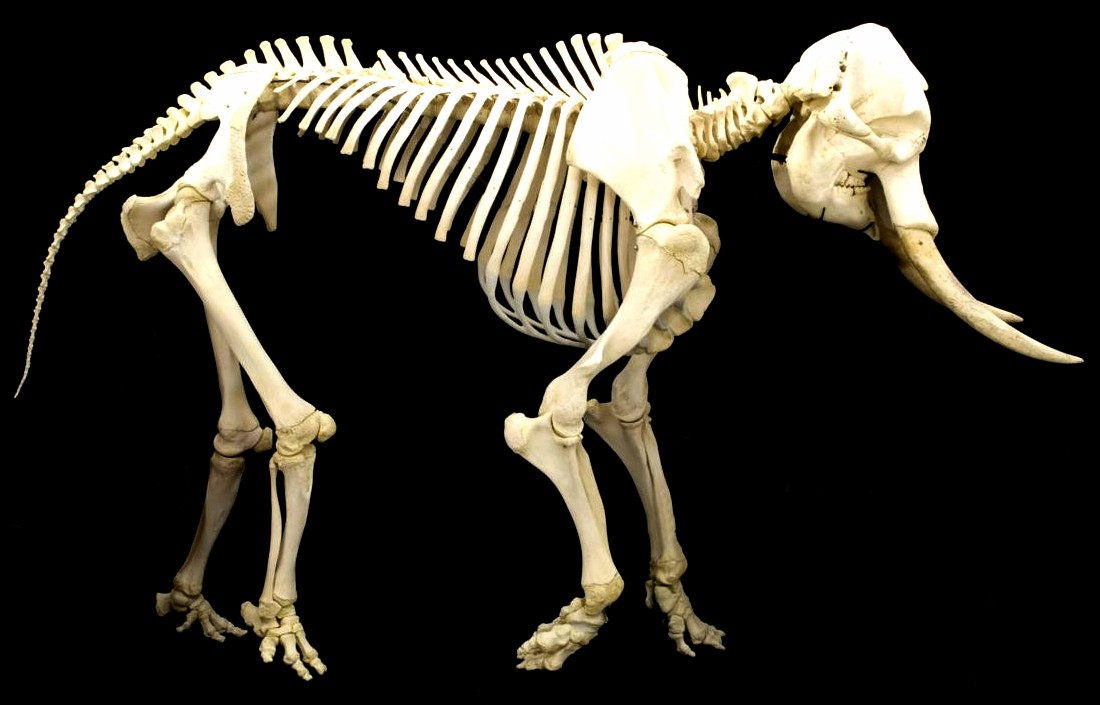
As years passed and more scientists examined Plot’s famous bone, theories began to shift. Some scholars suggested it might have belonged to an elephant, which seemed more plausible than a giant human. After all, elephants were known to be massive creatures, and perhaps one had somehow ended up in ancient Britain.
This elephant theory gained traction because it offered a more naturalistic explanation while still accounting for the bone’s impressive size. However, it still didn’t explain how an elephant bone could have become fossilized in limestone that was clearly much older than any known elephant migration to Britain.
The debate raged for decades, with various experts offering their opinions and theories. Each new examination of the bone revealed more details, but the true nature of its origin remained frustratingly elusive.
The Lost Treasure
Here’s where the story takes a heartbreaking turn: Plot’s original dinosaur bone has been lost to history. Despite being the first dinosaur fossil ever scientifically documented, this precious piece of evidence has simply vanished. Some historians believe it was misplaced during the many relocations of Oxford’s collections over the centuries.
The loss of this bone represents one of paleontology’s greatest tragedies. Imagine what modern scientific techniques could reveal about this specimen if we still had access to it today. Advanced imaging, chemical analysis, and comparison with other Megalosaurus fossils could provide incredible insights into both the creature itself and the early history of paleontology.
All we have left are Plot’s detailed illustrations and descriptions, which thankfully were thorough enough to help later scientists identify what type of dinosaur it actually was.
The Birth of Megalosaurus
It wasn’t until 1824 that William Buckland, another Oxford professor, would formally identify and name Megalosaurus as the first dinosaur ever scientifically described. Buckland had access to additional fossil material, including jaw fragments and teeth, which helped him understand that these remains belonged to a giant extinct reptile.
When Buckland examined Plot’s old illustrations and descriptions, he realized that the mysterious bone from 1676 was actually from the same type of creature he was studying. This meant that Plot’s fossil was retroactively recognized as belonging to Megalosaurus, making it the first dinosaur bone ever discovered.
The irony is striking: Plot had been holding evidence of dinosaurs in his hands nearly 150 years before the concept of dinosaurs even existed. His careful documentation ensured that this groundbreaking discovery wouldn’t be completely lost to time, even though the physical specimen disappeared.
What We Know About Megalosaurus Today
Modern paleontology has revealed that Megalosaurus was a formidable predator that lived during the Middle Jurassic period. This bipedal carnivore measured approximately 30 feet in length and weighed around 1.5 tons, making it one of the largest predators of its time. Its powerful jaws contained razor-sharp teeth perfectly designed for tearing flesh from prey.
The thighbone that Plot discovered would have supported a creature capable of reaching speeds of up to 25 miles per hour in short bursts. This wasn’t just some lumbering giant — Megalosaurus was a sophisticated hunting machine that dominated its ecosystem for millions of years.
Recent studies have also revealed that Megalosaurus likely had feathers or primitive feather-like structures, completely changing how we visualize these ancient predators. The creature Plot examined was far more complex and fascinating than anyone in the 17th century could have imagined.
The Scientific Revolution That Followed
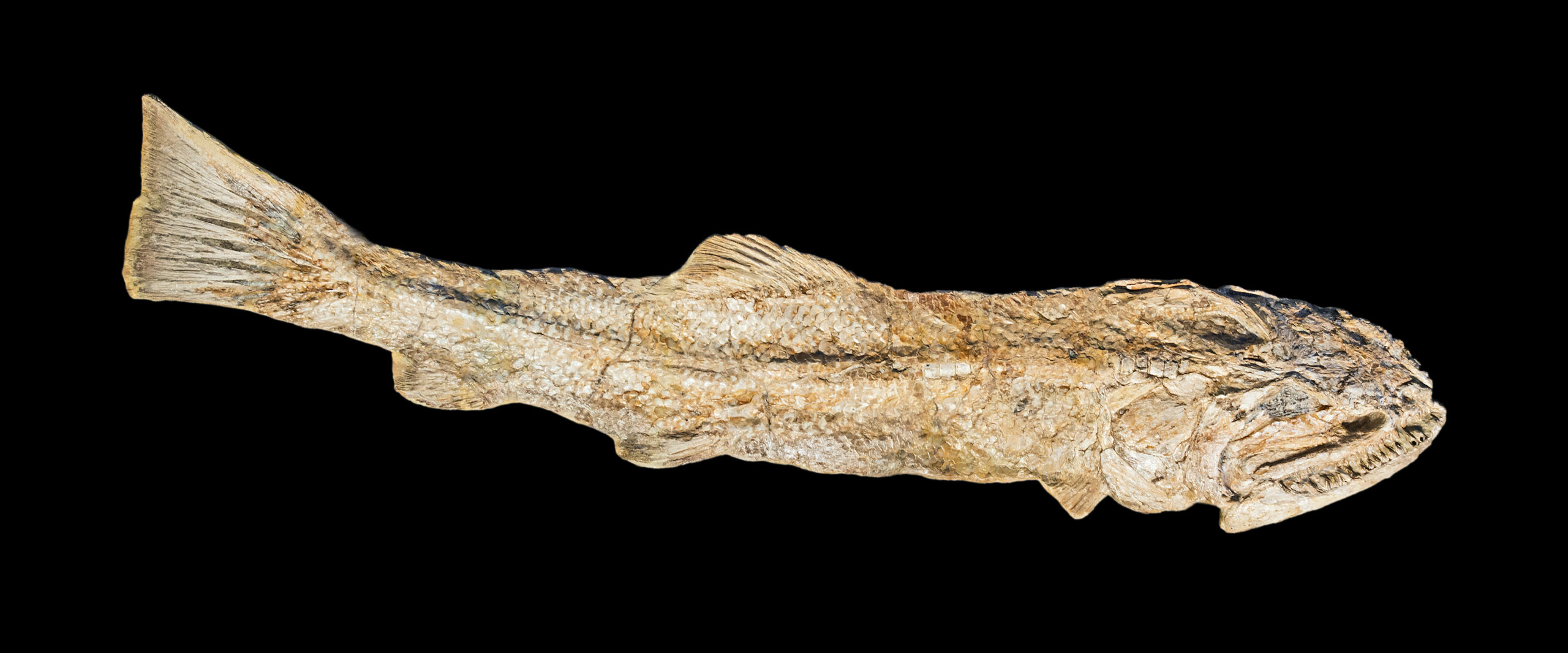
Plot’s discovery, though misunderstood at the time, planted the seeds for a scientific revolution that would transform our understanding of Earth’s history. His meticulous documentation methods became a model for future paleontologists, showing the importance of detailed observation and illustration in scientific research.
The questions raised by this mysterious bone motivated other researchers to look more carefully at unusual fossils found in quarries and construction sites. This increased attention to fossil evidence would eventually lead to the golden age of dinosaur discovery in the 19th century.
Without Plot’s initial work, the field of paleontology might have developed very differently. His systematic approach to studying the unknown laid crucial groundwork for the scientific methods that would eventually unlock the secrets of prehistoric life.
The Quarry That Changed Everything
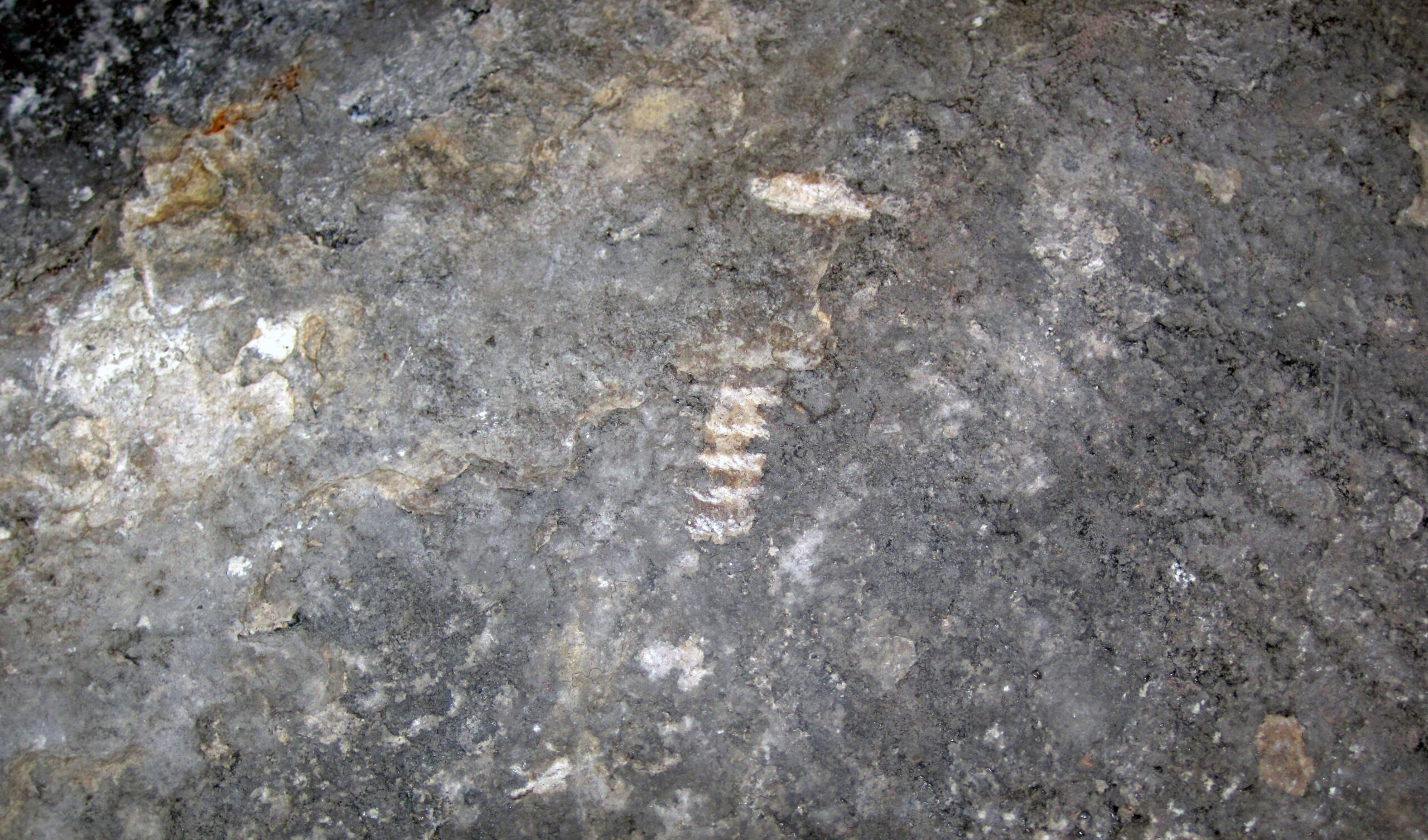
The limestone quarry near Cornwell where Plot’s bone was discovered became one of the most significant paleontological sites in England. Workers continued to find unusual fossils there for decades, though most were probably discarded or ignored until scientists began to understand their true value.
This quarry represents a perfect example of how scientific discoveries often happen by accident. The workers who found that first dinosaur bone were just trying to extract building materials, not make history. Their decision to preserve the unusual specimen instead of discarding it changed the course of scientific understanding.
Today, the area around Cornwell continues to yield important fossils, and geologists have identified the rock layers as being particularly rich in Jurassic-era remains. Plot’s discovery was just the tip of the iceberg in terms of what lay buried beneath the English countryside.
The Impact on Religious and Scientific Thought
Plot’s discovery occurred during a time when religious and scientific worldviews were still closely intertwined. The idea that God had created giant humans wasn’t controversial — it actually aligned with biblical accounts and contemporary theological thinking. This made Plot’s interpretation seem reasonable to his peers, even if it was scientifically incorrect.
The bone’s discovery also raised uncomfortable questions about the age of the Earth and the nature of extinction. If this was indeed from a giant creature, where had all the giants gone? These questions would eventually contribute to changing perspectives on Earth’s history and the concept of deep time.
The gradual shift from religious to scientific explanations for unusual fossils represents a crucial turning point in human understanding. Plot’s work sits right at the intersection of these two worldviews, making it historically significant beyond its paleontological importance.
Modern Techniques and Ancient Bones
If Plot’s bone still existed today, modern paleontologists could extract incredible amounts of information from it using techniques that would seem like magic to a 17th-century scientist. CT scanning could reveal internal bone structure without damaging the specimen, while chemical analysis could provide insights into the dinosaur’s diet and environment.
DNA analysis might even be possible if any genetic material survived the fossilization process, though this would be extremely unlikely given the bone’s age. However, other biomolecules like proteins have been recovered from dinosaur fossils, offering new avenues for understanding these ancient creatures.
The loss of Plot’s specimen reminds us how much scientific knowledge has been lost over the centuries due to poor preservation practices. Modern museums now understand the irreplaceable value of every fossil specimen, no matter how seemingly ordinary.
Other Early Dinosaur Discoveries
While Plot’s bone was the first dinosaur fossil ever scientifically documented, other dinosaur remains were almost certainly discovered earlier but not recognized for what they were. Ancient cultures around the world have legends of dragons and giant creatures that may have been inspired by dinosaur fossils found accidentally.
Chinese scholars had been collecting and studying “dragon bones” for centuries before Plot’s discovery, though they interpreted these fossils through the lens of traditional mythology rather than natural history. Some of these dragon bones were undoubtedly dinosaur fossils, making them technically earlier discoveries even if they weren’t scientifically documented.
The difference was that Plot approached his discovery with the systematic methodology of early modern science. He measured, illustrated, and attempted to classify his specimen using the best available knowledge of his time, setting a standard for how paleontological discoveries should be handled.
The Legacy of a Lost Bone
Plot’s vanished dinosaur bone represents more than just a lost specimen — it symbolizes the countless discoveries that have been lost to time through carelessness, war, or simple neglect. Every fossil that disappears takes with it irreplaceable information about Earth’s ancient past.
The story also highlights how scientific understanding evolves over time. Plot’s initial interpretation was wrong, but his careful documentation allowed later scientists to build upon his work and reach correct conclusions. This shows how science progresses through collaboration across generations, even when individual interpretations prove incorrect.
Today, paleontologists continue to discover new dinosaur species regularly, with each find adding to our understanding of these magnificent creatures. Plot’s pioneering work in 1676 laid the foundation for all these modern discoveries, proving that even “failed” scientific investigations can have lasting value.
What This Means for Science Today
The story of the first dinosaur bone ever discovered teaches us valuable lessons about scientific discovery and the importance of keeping an open mind when confronting the unknown. Plot’s willingness to study and document something he didn’t understand, even when it challenged conventional wisdom, exemplifies the spirit of scientific inquiry.
Modern scientists working in emerging fields like astrobiology or quantum computing face similar challenges when trying to understand phenomena that don’t fit existing theoretical frameworks. Plot’s methodical approach to the unknown remains a model for how to handle mysterious discoveries.
The tale also reminds us that today’s scientific “facts” may be tomorrow’s misconceptions. Just as Plot’s giant human theory was eventually replaced by our understanding of dinosaurs, our current knowledge will undoubtedly be refined and corrected by future discoveries and technological advances.
Robert Plot’s discovery of that massive thighbone in 1676 marked the beginning of humanity’s journey to understand dinosaurs, even though he had no idea what he was looking at. His giant human theory was spectacularly wrong, but his scientific approach was absolutely right. The careful documentation he provided allowed later scientists to recognize his find as the first dinosaur bone ever discovered, making him an unwitting pioneer in paleontology. Though the original specimen has vanished into history, its impact continues to resonate through every dinosaur discovery made since then. What would Plot think if he could see how his mysterious bone launched an entire scientific revolution?



